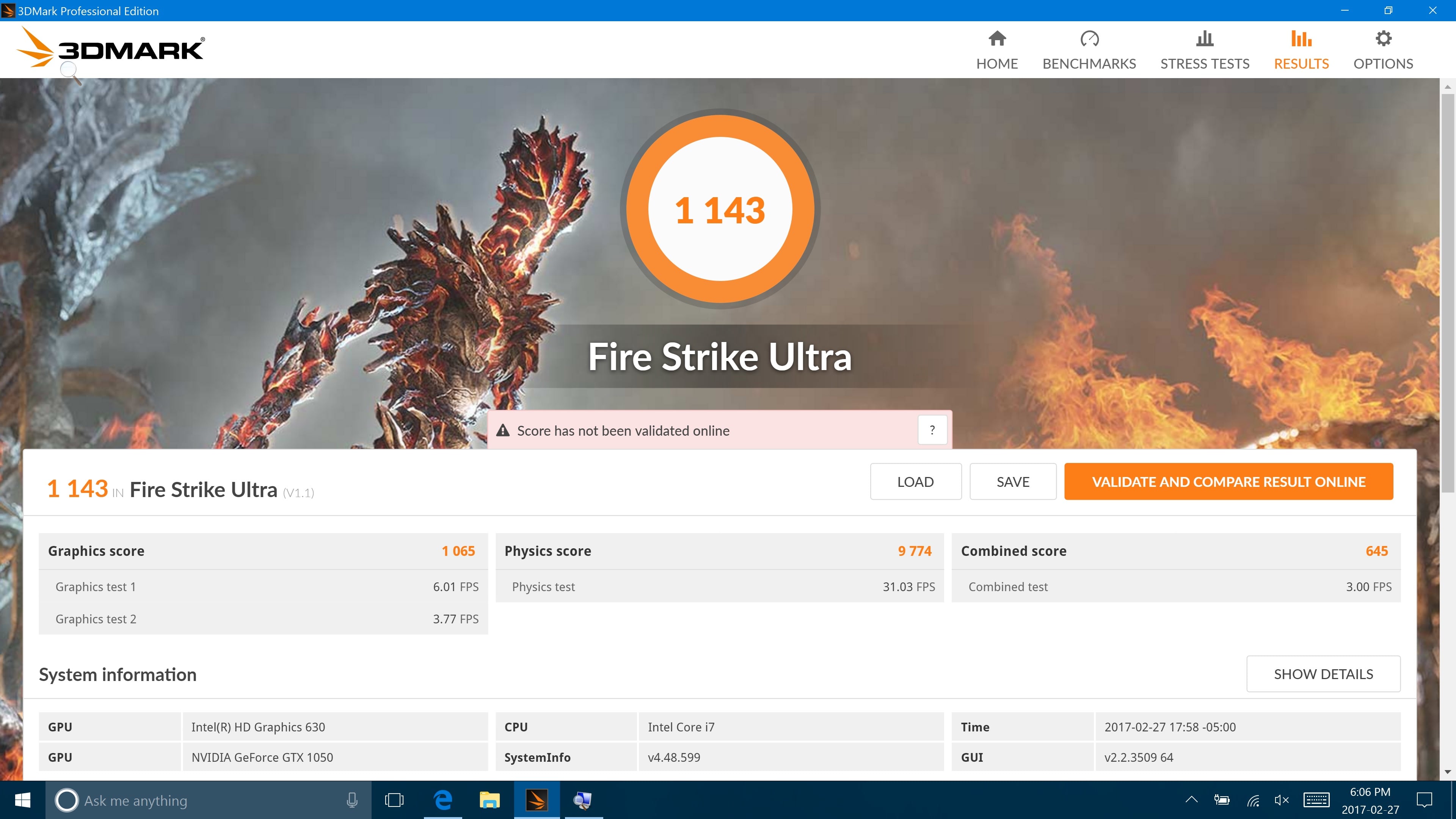

Lists commonly exercise pointers and are also characterized by non-serial memory-access patterns. To appreciate the value of CoreMark, it's worthwhile to dissect its composition, which in general consists of lists, strings, and arrays (matrices to be exact). CoreMark also sets specific rules about how to run the code and report results, thereby eliminating inconsistencies. Furthermore, in developing this benchmark, the Embedded Microprocessor Benchmark Consortium (EEMBC) carefully chose the CoreMark implementation such that all computations are driven by run-time–provided values to prevent code elimination during compile-time optimization.
#Benchmark cpu for free#
Introducing CoreMark, available for free download from CoreMark ties a performance indicator to execution of simple code, but rather than being entirely arbitrary and synthetic, the code for the benchmark uses basic data structures and algorithms that are common in practically any application. The need still exists for a simple and standardized benchmark that provides meaningful information about the CPU core. BogoMIPS attempts to measure how fast a CPU can do nothing, for what that's worth. Dhrystone was the first attempt to tie a performance indicator, namely DMIPS, to execution of real code-a good attempt that has long served the industry but is no longer meaningful.

Be it MHz, MOPS, MFLOPS-all are simple to derive but misleading when looking at actual performance potential. Many attempts have been made to provide a single number that can totally quantify the ability of a CPU.


 0 kommentar(er)
0 kommentar(er)
